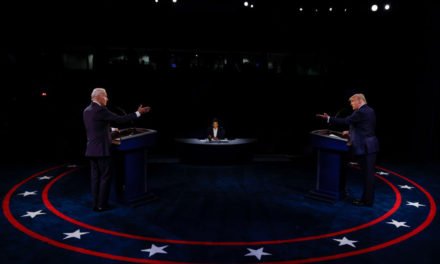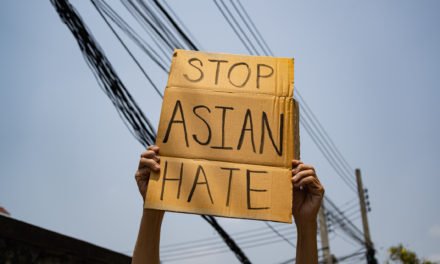Precipitated by current events, our team at The Winters Group has recently been asking tough questions about the limits of inclusion (if there are any). Where do we draw the line when it comes to safe spaces and dialogues that engage opposing viewpoints on complex and personal topics? Are the motivations for diversity and inclusion initiatives—both moral and business—clearly understood, or are the lines blurry?
With the Google Manifesto – and Google’s response to it – circulating, President Trump’s business councils collapsing, and the generally increasing political polarization we are experiencing in the US, boundaries are bound to be tested, crossed, and redrawn. I even find myself questioning the limits of my personal capacity for new information as social media timelines, podcasts, and the 24-hour news cycle fill perhaps too much of my time and my headspace. What are the limits to our abilities to comprehend the diversity of opinion, experience, and culture in our world, and to what extent should those limitations inform the boundaries we place around how we interact with the world?
This next feature series will address these questions of limits and boundaries through exploring topics like safe spaces, ERGs and Inclusion Councils, allies, and self-care. This work often requires that we look past the status quo and be bold—in thought, in conversation, and in action. So, what does it mean to live boldly even with, and perhaps because of, these boundaries we’ve built for ourselves and in our workplaces?
Like all aspects of Diversity and Inclusion work, exploring these boundaries begins with the self. It begins by asking what we bring to the table in our identity and in our experiences.
What dominant and non-dominant groups do I belong to, and how might that impact my vision of diversity and inclusion?
What are my beliefs around freedom of speech – who has it, who doesn’t, and how do we maintain it?
What is my communication style, and how might that impact my attempts to dialogue around these topics?
Am I self-aware about my own understanding of self and of my cultural others? In other words, am I ready to have hard conversations with those who are different from me?
Do I value absolutes and surety, or do I value nuance? Are they mutually exclusive?
And so, with these questions in mind, we will look into the limits of D&I and simply get curious. Why do these limits exist, if they do, and can the lines ever be moved? We are taking a deep dive into “inclusion” as a practice and asking: where is the line?



















